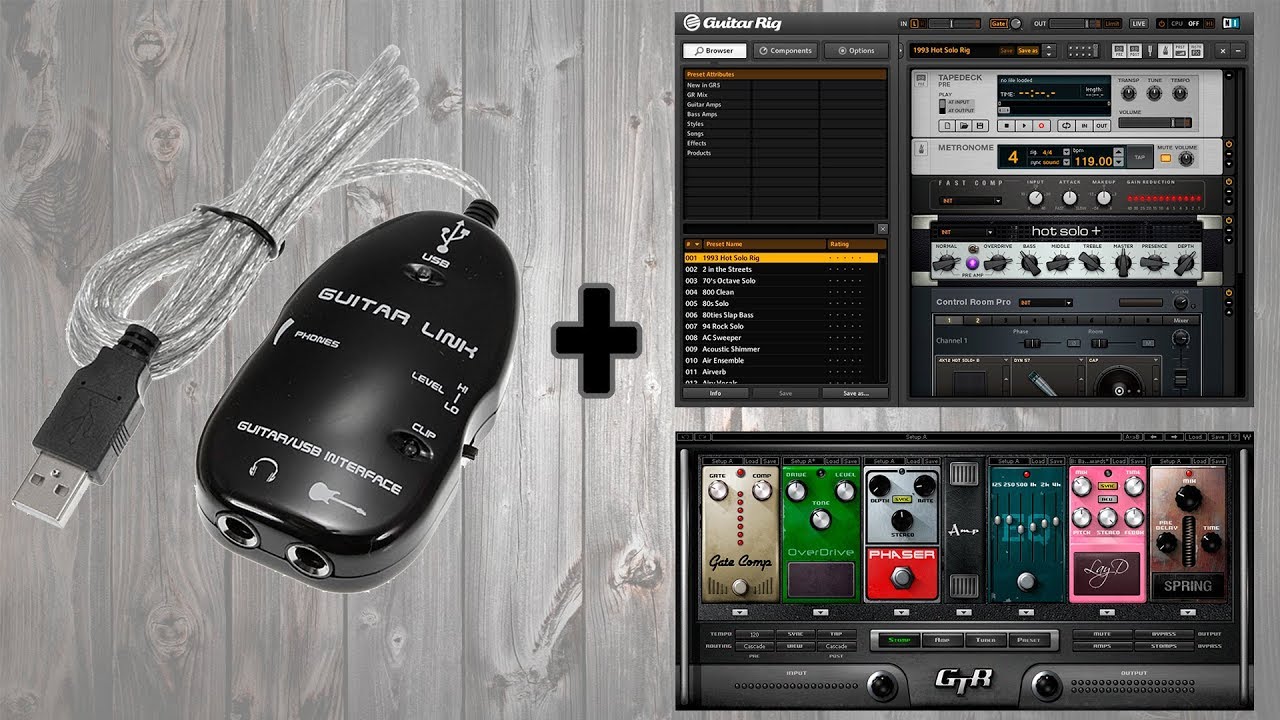

- PIRATE EAST WEST QUANTUM LEAP FOR MAC FULL CRACK
- PIRATE EAST WEST QUANTUM LEAP FOR MAC DOWNLOAD
- PIRATE EAST WEST QUANTUM LEAP FOR MAC MAC
And it wasn't long before I felt I needed them quite a lot, because some of the reverbs on offer here are truly stunning. Fortunately, EastWest's algorithm seems to be very efficient, because even my modestly powered laptop was usually happy to run as many instances of Spaces as I felt I needed. It sometimes feels like I've spent most of the last decade trying to squeeze the last drops of processing power out of unwilling CPUs, so the idea of using a convolution reverb as an insert effect feels positively decadent. Categories such as 'Epic Film Final Verb', 'Soundstage For Thin Orch' and 'Solo Church Boy' probably don't address sources most of us use every day, yet on the other hand, it's not clear where to look if you want something suited to a humble acoustic guitar or snare drum. The sixth folder represents an alternative way of categorising the same IRs: in keeping with the 'source specific' directive, it divides the presets into subfolders based on instrument and/or application, though in a rather idiosyncratic way. There are five folders categorised by type of space within these are further folders named after the spaces from which the IRs were taken, and some of these folders contain quite a few different impulse responses. And with so little user control on offer, the main user interface feature is its preset browser. With no global 'wet solo' button, and all the presets featuring carefully balanced wet/dry settings, it's clearly intended for use as an insert on tracks or groups rather than as an auxiliary effect. Whether or not you like the concept of a convolution reverb designed for specific sources, the design of Spaces and its preset library push you in the direction of using it that way. Spaces' library is stored in a custom format that can't be read by other convolution plug‑ins, and nor is it capable of importing third‑party IRs. And that, it turns out, is that: there's no EQ, no envelopes, and none of the means of trimming or stretching impulse responses you'll find on nearly all conventional convolution reverbs. The Spaces front panel is disarmingly simple, with large rotary level controls for input level, wet and dry levels, and amount of pre‑delay.
PIRATE EAST WEST QUANTUM LEAP FOR MAC DOWNLOAD
It is authorised to an iLok key, and if you buy it online, the download is just over a Gigabyte in size.

PIRATE EAST WEST QUANTUM LEAP FOR MAC MAC
QL Spaces is available in all major plug‑in formats on Mac and PC, although the Mac version is currently restricted to 32‑bit operation. The bulk of the library supports true‑stereo operation, and many impulses were recorded as eight channels for true surround reverb. Phoenix also used recording chains and high‑end vintage gear that would be typical for a particular source: many of the IRs were, for instance, captured with Neumann M50s and M49s, or Telefunken ELAM 251s. Likewise, some of the impulse responses intended for pianos and orchestral instruments were recorded by setting up multi‑speaker arrays that replicated the positions of those instruments within the hall, and the directions in which they radiate sound. So, for example, to capture the ambience of the EastWest Studios drum room, he placed ATC speakers where the kit would be set up, and fired them directly at the microphones, so that they 'heard' exactly what they would do if serving as room mics on an actual drum recording.

Instead of recording generic 'samples' of each space, producer Nick Phoenix set out to capture the reverb that would actually be heard by the room mics on a particular instrument. Its USP is encapsulated in the phrase 'source specific'.
PIRATE EAST WEST QUANTUM LEAP FOR MAC FULL CRACK
EastWest's Quantum Leap Spaces takes a different tack, focusing on the impulse responses themselves rather than the algorithms used to apply them to your music.Įast West Symphonic Orchestra Gold Complete Full Crack Downlo. For example, Liquidsonics' modestly priced Reverberate and the latest version of Audio Ease's Altiverb incorporate some clever modulation tricks, which aim to recapture some of the sense of movement and life that real spaces and plates bring. Various attempts have been made recently to try to impart more of an organic feel to convolution reverb. A related complaint is that convolution reverb sometimes feels 'stuck on' to the source sound, rather than forming a natural blend or addition to it. Perhaps because they are usually based around a single, static 'sample' of a real source, many people feel that convolution reverbs sound a little bland or sterile when compared either with the rooms and plates from which their impulse responses were obtained, or with old‑style algorithmic digital reverbs. If there's one criticism that is most often levelled at convolution reverbs, it's that they lack character. EastWest's intriguing reverb plug‑in aims to breathe new life into convolution technology.


 0 kommentar(er)
0 kommentar(er)
